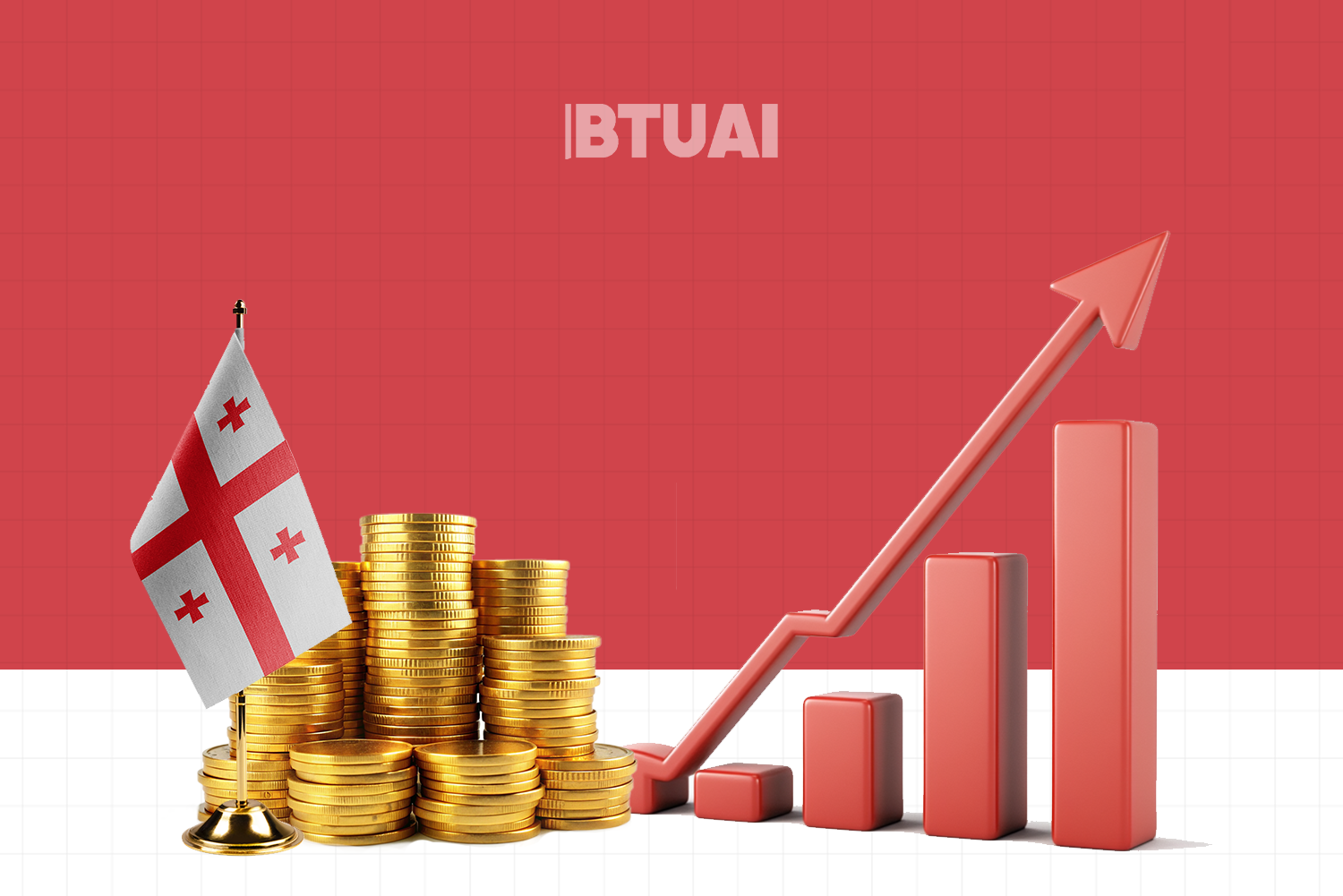Key Growth Drivers in Georgia’s Economy: A Look at Q3 2024 Growth
In Q3 2024, Georgia’s economy achieved an impressive growth rate of about eleven percent, with education (+35%), construction (+31%),

In Q3 2024, Georgia’s economy achieved an impressive growth rate of about eleven percent, with education (+35%), construction (+31%), and information technology (+33%) standing out as the fastest-growing sectors. These figures show a continuation of trends seen in 2023 and the first two quarters of 2024. Such consistent growth highlights the strategic importance of these sectors to Georgia’s economy.
But why are these particular sectors growing at such a rapid pace while others lag behind? Several factors must be considered. The construction sector’s growth is closely tied to urbanization and infrastructure projects, such as new roads, residential complexes, and public buildings. This trend makes sense, as economic development increases the demand for modern infrastructure. However, it is notable that the real estate sector has shown comparatively modest growth, suggesting that the benefits of construction are not yet fully reflected across related industries.
The education sector’s record-breaking rise reflects rising public demand for professional and higher education. The introduction of new programs and the adoption of international standards are creating a growing market for education. However, this dynamic has not been matched by similar growth in scientific research and innovation, which could further amplify the impact of the education system.
The IT sector’s rapid expansion is tied to global digital transformation trends, which Georgia has increasingly embraced. Moreover, this growth has been partly driven by the geopolitical situation following the Russo-Ukrainian War. Since 2022, Georgia has seen a significant influx of IT professionals, mainly from Russia and Ukraine, who sought safer and more stable environments. These specialists have not only bolstered the local workforce but have also brought valuable skills and knowledge, improving the sector’s technological and managerial capabilities. While this migration has accelerated growth, the challenge lies in retaining this talent and integrating it sustainably into the economy.
At the same time, it is worth noting the relatively slower growth in sectors such as agriculture and reduction in the energy sector. These industries continue to rely on traditional methods and struggle to adapt to modern demands and compete in the global market.
Against this backdrop, education, construction, and IT emerge as key pillars of Georgia’s economy. Their rapid growth is logical, as these sectors respond to contemporary economic challenges and needs. However, these trends also raise questions about how other industries should develop to ensure Georgia’s economy remains not just growing but also diversified and resilient.
In the long run, these leading sectors are likely to remain central to the country’s economic strategy. Yet their success will depend on Georgia’s ability to balance sectoral development and create a broad economic strategy that supports growth across all industries. This is not just a story of individual sectors thriving—it is a critical moment for shaping Georgia’s economic model for the future.




